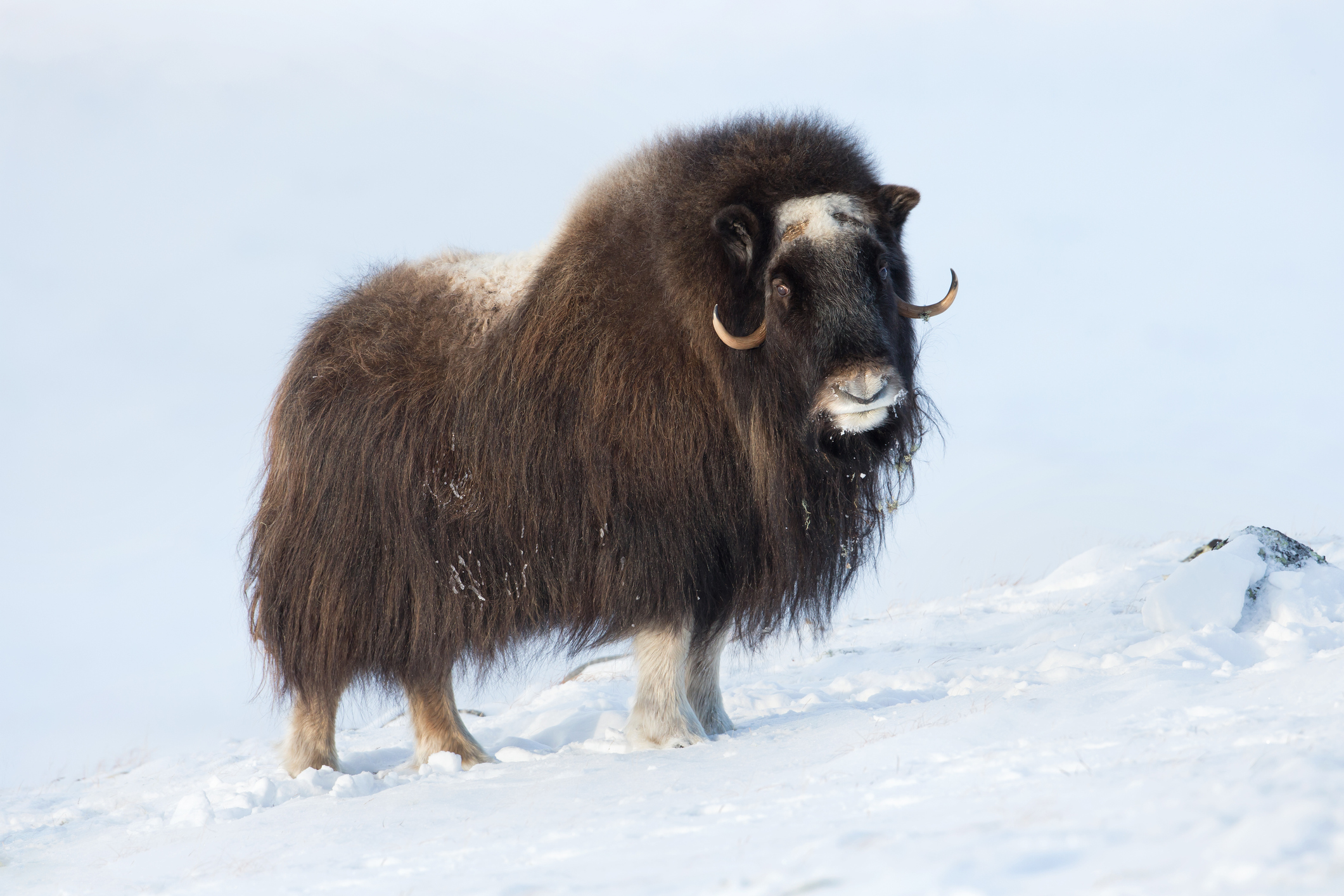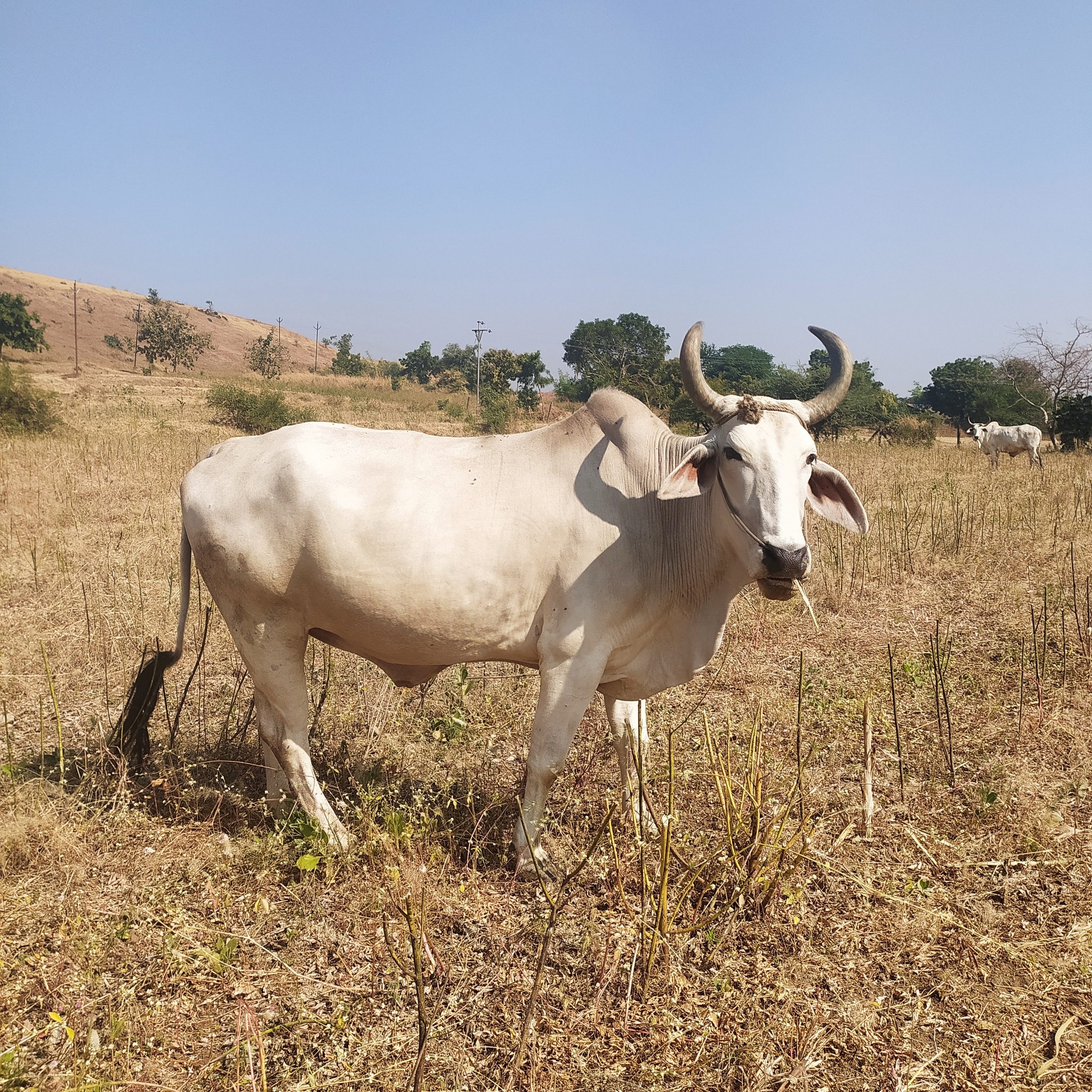Hey there, animal enthusiasts! Today, we're diving deep into the world of an often-overlooked yet incredibly vital creature—the ox. If you've ever wondered about the role these magnificent beasts play in shaping human civilization, you're in the right place. The ox is more than just a farmhand; it's a symbol of strength, resilience, and unwavering dedication. So, buckle up, because we're about to uncover some seriously fascinating facts about oxen that'll leave you amazed.
Let’s face it, when you think of farm animals, the ox might not be the first critter that comes to mind. But trust me, this powerhouse has been quietly carrying the load—literally—for centuries. Oxen have been the unsung heroes of agriculture, transportation, and even warfare throughout history. So, why don’t we give them the credit they deserve?
Now, if you're curious about what makes the ox such a remarkable animal, you're in for a treat. We’re going to explore everything from their biology to their cultural significance, and trust me, it's going to be a wild ride. So, let's get started and give the ox the spotlight it so richly deserves, shall we?
- Breaking Down Al Pacinos Net Worth Secrets Revealed
- Discover All About Georges Stpierres Spouse Gsps Life
Table of Contents
- Biography of the Ox
- Types of Oxen
- A Brief History of Oxen
- Anatomy of an Ox
- What Do Oxen Eat?
- Uses of Oxen in Modern Times
- Cultural Significance of Oxen
- Ox Conservation Efforts
- Common Myths About Oxen
- The Future of Oxen
Biography of the Ox
Oxen Basics
Alright, let's start with the basics. The ox, scientifically known as Bos taurus, is a domesticated bovine that has been around for thousands of years. They are typically adult male cattle that have been castrated, although females can also be referred to as oxen in some cases. These beasts of burden are known for their incredible strength and endurance, making them perfect for heavy-duty tasks like plowing fields and pulling carts.
Here’s a quick breakdown of what makes an ox, well, an ox:
- Species: Bos taurus
- Classification: Domesticated cattle
- Primary Use: Labor and transportation
- Distinctive Features: Strong, muscular build with a calm demeanor
Types of Oxen
Various Breeds
Not all oxen are created equal. There are several breeds of oxen, each with its own unique characteristics. Some of the most popular breeds include:
- Zebu Ox: Known for their humped backs and adaptability to hot climates.
- Hereford Ox: A breed that’s highly valued for its meat and work capabilities.
- Shorthorn Ox: Renowned for their versatility and gentle nature.
Each breed has its own strengths, making them suitable for different types of work. Whether it's plowing fields in Africa or pulling carts in Europe, oxen have proven their worth time and time again.
A Brief History of Oxen
Their Role in Human Civilization
Humans and oxen have been partners in progress for thousands of years. Archaeological evidence suggests that oxen were first domesticated around 10,000 years ago in the Middle East. From there, they spread across the globe, becoming integral to agricultural societies everywhere.
Did you know that oxen played a crucial role in the expansion of the Roman Empire? Yeah, these guys were pulling carts, plowing fields, and even helping out in construction projects. Without them, the ancient world would’ve struggled to achieve the level of development it did.
Anatomy of an Ox
What Makes Them So Strong?
Oxen are built for work. Their anatomy is perfectly suited for the tasks they perform. Let's break it down:
- Muscular Build: Oxen have powerful muscles that allow them to pull heavy loads.
- Hooves: Their sturdy hooves provide excellent traction on various terrains.
- Endurance: Oxen can work long hours without tiring, thanks to their efficient metabolism.
It’s no wonder they’ve been such valuable assets to farmers and laborers throughout history.
What Do Oxen Eat?
Nutrition for Power
Just like any athlete, oxen need a balanced diet to perform at their best. Their diet typically consists of:
- Grass: The main staple of their diet, providing essential nutrients.
- Hay: A great source of fiber during the winter months.
- Grains: Sometimes fed to oxen for extra energy and protein.
Proper nutrition ensures that oxen stay healthy and strong, ready to tackle whatever tasks come their way.
Uses of Oxen in Modern Times
Still Relevant Today
Even in today’s modern world, oxen still play a vital role in many communities. While tractors and machinery have replaced them in some areas, they remain indispensable in others. Here’s how they’re still being used:
- Agriculture: In developing countries, oxen are still used for plowing fields and transporting goods.
- Ecotourism: Some places use oxen as part of eco-friendly tours, showcasing traditional farming methods.
- Historical Reenactments: Oxen are often featured in historical events to demonstrate how things were done in the past.
So, don’t count them out just yet. Oxen are still proving their worth in our modern world.
Cultural Significance of Oxen
More Than Just Work Animals
Oxen hold a special place in many cultures around the world. They’re often seen as symbols of strength, patience, and hard work. In some religions, they’re even considered sacred. For example:
- Hinduism: Cows and oxen are revered in Hindu culture, with many temples dedicated to them.
- Chinese Zodiac: The ox is one of the 12 animals in the Chinese zodiac, representing diligence and reliability.
It’s clear that oxen are more than just work animals; they’re cultural icons that inspire respect and admiration.
Ox Conservation Efforts
Protecting Our Powerhouses
While oxen are not considered endangered, there are efforts to preserve certain breeds that are at risk of disappearing. Organizations like the Livestock Conservancy are working to protect rare breeds of cattle, including oxen. These efforts ensure that we don’t lose the genetic diversity that makes oxen such valuable animals.
By supporting conservation efforts, we can help ensure that future generations will continue to benefit from these incredible creatures.
Common Myths About Oxen
Setting the Record Straight
There are a lot of misconceptions about oxen out there. Let’s debunk a few of them:
- Myth: Oxen are stupid. Fact: Oxen are actually quite intelligent and can be trained to perform complex tasks.
- Myth: All oxen are male. Fact: While most oxen are male, females can also be referred to as oxen in some cases.
- Myth: Oxen are aggressive. Fact: Oxen are generally calm and gentle animals, making them ideal for work.
So, the next time you hear one of these myths, you’ll know the truth!
The Future of Oxen
What Lies Ahead?
As technology continues to advance, the role of oxen may change, but their importance will remain. With growing interest in sustainable farming practices, oxen could see a resurgence in popularity. They offer a low-tech, eco-friendly solution to many of the challenges faced by modern agriculture.
So, while the future may hold new challenges, one thing is certain: oxen will continue to play a vital role in shaping our world.
Kesimpulan
And there you have it, folks! The ox might not be the flashiest animal out there, but it’s definitely one of the most important. From their impressive strength to their cultural significance, oxen have left an indelible mark on human history. Whether you’re a farmer, a history buff, or just someone who appreciates the unsung heroes of the animal kingdom, the ox is definitely worth a closer look.
So, what do you think? Did we convince you that oxen are the real MVPs of the animal world? If you found this article interesting, make sure to share it with your friends and family. And hey, if you’ve got any questions or comments, drop them in the section below. We’d love to hear from you!
- Why Vijay Sethupathis Childrens Ages The Privacy Debate
- Exploring The Joe Locke Partner Network Who Are They


